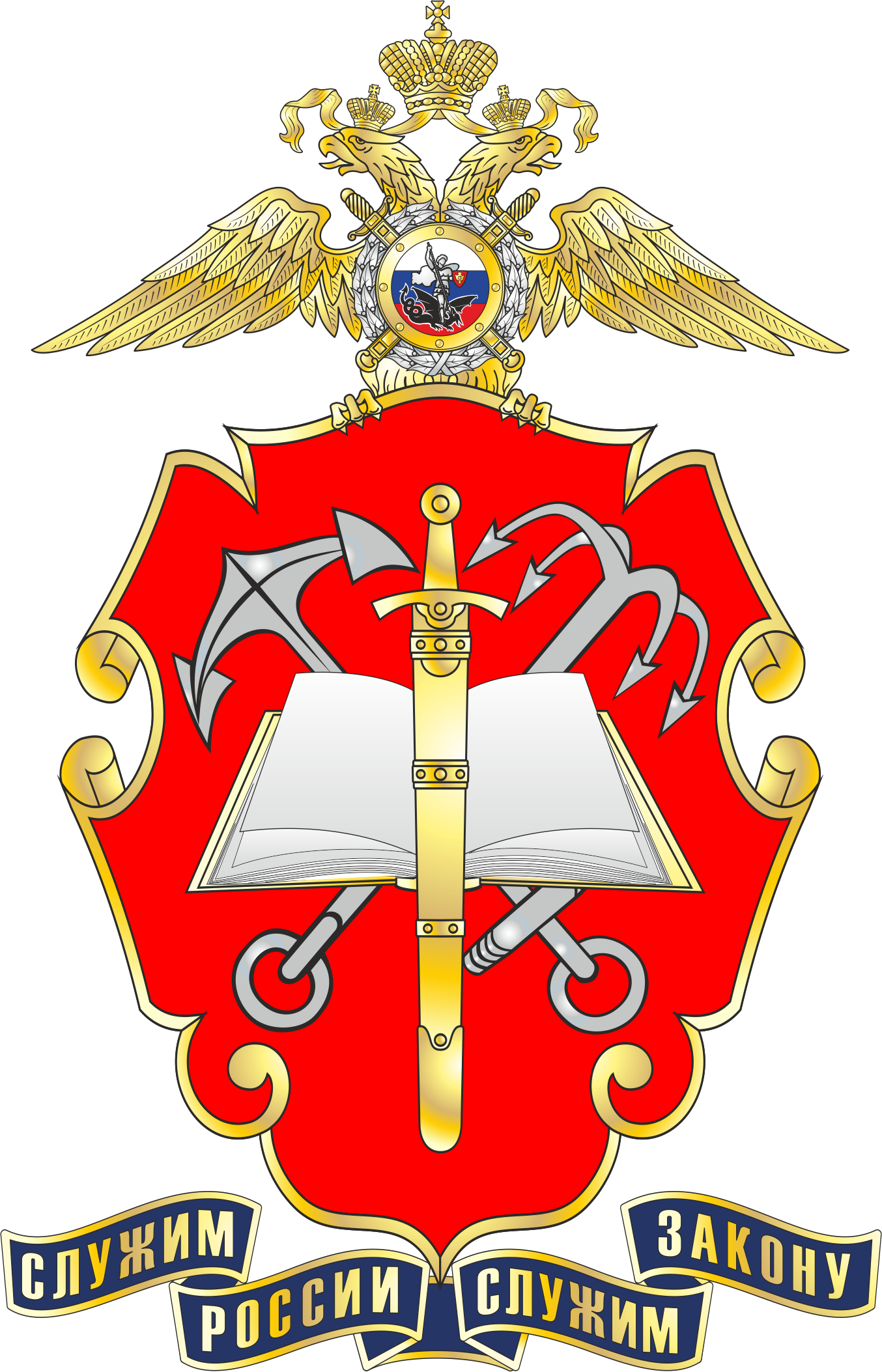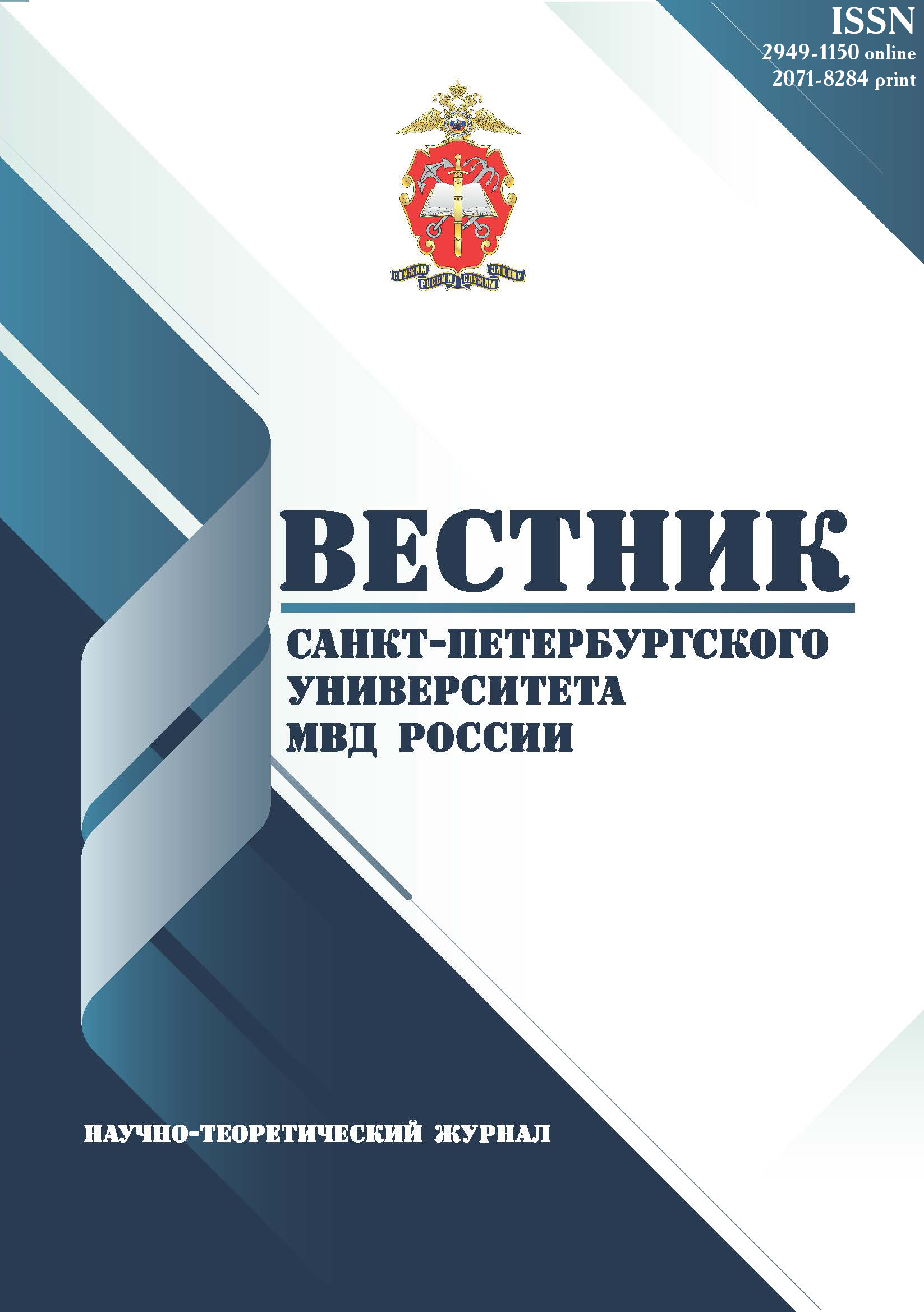Belgorod, Belgorod, Russian Federation
Murino, St. Petersburg, Russian Federation
UDC 34
CSCSTI 10.81
In cases of murder «without a corpse», the most difficult and responsible task of the investigator and the court is to resolve the question of the guilt of the person accused of murder, when the event of the crime is established only by indirect evidence. In these cases, the question undoubtedly arises whether the accused will not be convicted of «killing» a living person. This consideration imposes additional duties on the investigator to inquire into the versions about the missing person’s presence with exceptional depth, on the one hand, and about the murder committed by the accused, on the other. The entire classification of indirect evidence for its use in proving the guilt of the accused, when the corpse is not found and defendant denies his guilt, can be divided into two large groups: indirect evidence that is not related to the behavior of the accused and evidence related to his behavior. The first group of indirect evidence includes facts that indicate the murder of the victim and the possible guilt of the accused in the murder. The second group involves evidence related to the defendant’s behavior: the behavior of the criminal aimed at evading his responsibility for murder; cases of the suspect (accused) showing awareness of certain elements of the crime mechanism and all other types of behavior that indirectly indicate guilt. The article analyzes the possibilities of their use for obtaining truthful testimony from a suspect (accused) and his conviction by a court in cases of murder without a victim.
investigation of murders, disappearance of the victim, circumstantial evidence, the accused, destruction, concealment, traces of the crime, initiation of criminal proceedings, nondetection of the corpse
1. Alehin D. V. Obstanovka soversheniya ubiystv, svyazannyh s bezvestnym ischeznoveniem poterpevshego // Rossiyskiy sledovatel'. - 2014. - № 22. - S. 3-6.
2. Arhipceva A. N., Kitaev N. N., Kitaeva V. N. Istoricheskiy analiz problem rassledovaniya ubiystv «bez trupa» // Zakon i pravo. - 2019. - № 6. - S. 143-146.
3. Borovikov A. P. Osobennosti polucheniya kriminalisticheski znachimoy informacii po delam ob ubiystvah, pri kotoryh trup poterpevshego ne obnaruzhen ili byl unichtozhen // Vestnik Akademii Sledstvennogo komiteta Rossiyskoy Federacii. - 2019. - № 2. - S. 127-132.
4. Burynin S. S. Ubiystvo «bez trupa»: taktika rassledovaniya // Ugolovnyy process. - 2019. - № 7. - S. 56-62.
5. Mad'yugin G. N. Rassledovanie ubiystv po delam, vozbuzhdennym v svyazi s ischeznoveniem poterpevshego. - Moskva: b. i., 1967. - 132 s.
6. Matinyan G. A. Osobennosti rassledovaniya ubiystv bez trupa // Molodoy uchenyy. - 2020. - № 46. - S. 286-288.
7. Meshkov V. M. Rassledovanie ubiystv v nekotoryh tipichnyh situaciyah // Soyuz kriminalistov i kriminologov. - 2019. - № 2. - S. 100-111.
8. Parfenov A. V. Nekotorye osobennosti rassledovaniya ubiystv, svyazannyh s bezvestnym ischeznoveniem grazhdan // Trudy Akademii upravleniya MVD Rossii. - 2011. - № 3. - S. 75-77.
9. Trubchik I. S., Galkin D. V. Osobennosti rassledovaniya ubiystv «bez trupa» // Rossiyskiy sledovatel'. - 2015. - № 11. - S. 50-54.
10. Trubchik I. S., Galkin D. V. Sbor dokazatel'stv po ugolovnym delam ob ubiystvah proshlyh let v situacii, kogda trup poterpevshego ne obnaruzhen // Biblioteka kriminalista. - 2016. - № 6. - S. 344-348.














